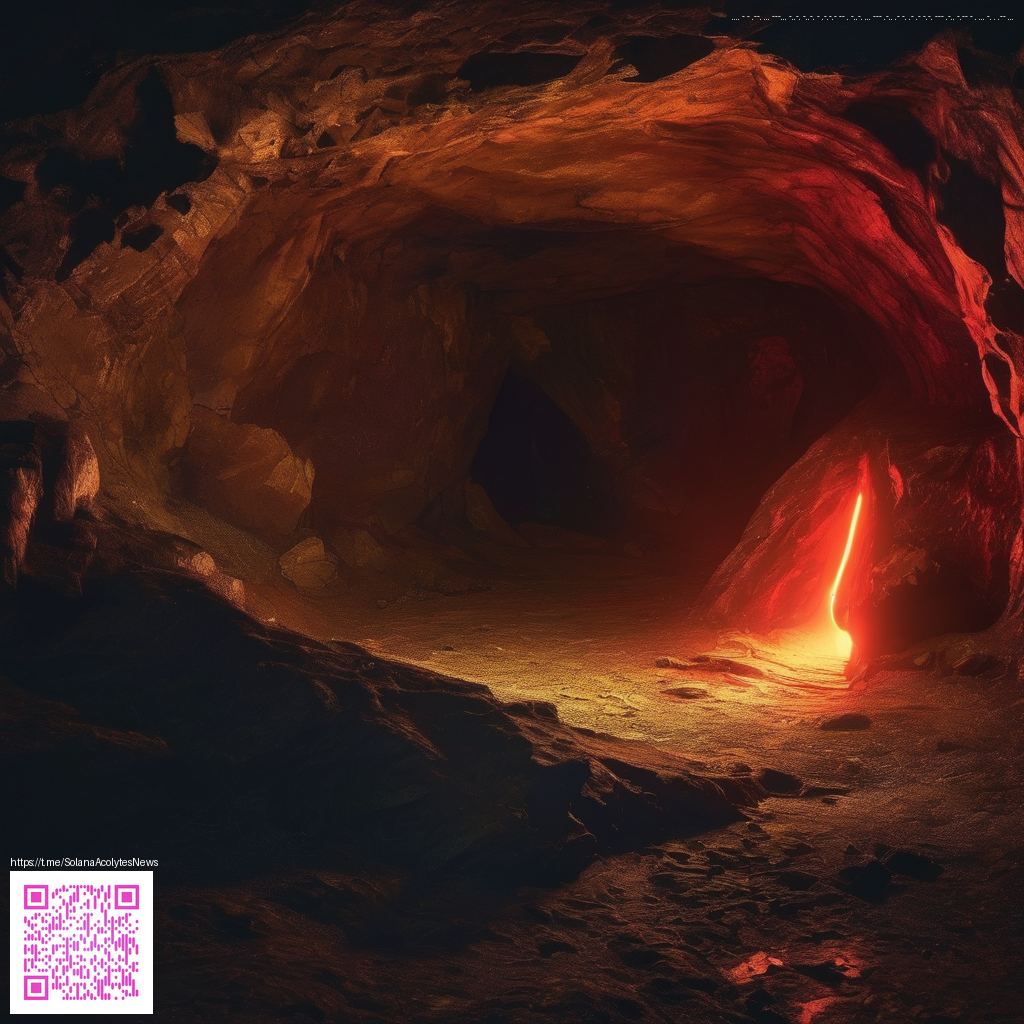
Behind the Scenes Metroid Dread Development
When a long awaited entry in a storied franchise finally lands, the shortest path to understanding its magic runs through the people who built it. The development tale behind this sci fi action platformer is a study in tight collaboration, fearless level design, and a relentless focus on crisp, responsive gameplay. Fans who comb through post launch interviews discover a team that embraced Nintendo’s expectations while pushing MercurySteam to refine a modern take on a classic formula.
The core of the game rests on precision platforming married to high stakes exploration. Players sprint through labyrinthine corridors while Metroids and E M M I patrols inject a constant sense of peril. The design philosophy centers on clear feedback so players feel every correct jump, wall dash, and timing window. Behind the scenes this meant countless playtests, adjustments to hit boxes, and a careful calibration of enemy cadence so the action reads as both fair and punishing in equal measure.
In conversations with leadership from MercurySteam and connected reports from Nintendo, the collaboration is framed as a strong partnership rather than a single studios appetite. Enric Álvarez, the MercurySteam CEO, described the experience with Nintendo as one of the best development experiences you could dream of. The comments, echoed across press coverage, underscore a relationship built on mutual respect for craft and a shared desire to honor a beloved universe while introducing fresh systemic ideas.
One of the best development experiences we could possibly dream of says Enric Álvarez about working with Nintendo on the project
From a gameplay perspective the behind the scenes focus reveals why certain sequences land with such force. The balance between branching paths and locked progression required a design tempo that rewarded memory and adaptation. Players learn to anticipate enemy patrols, time their dash resets, and exploit environmental cues that signal openings for short bursts of momentum. This level of polish doesn’t happen by accident; it’s the result of iterative loops, data driven tweaks, and a willingness to move on from ideas that didn’t click with the tester community.
Community voices have been instrumental in shaping the ongoing conversation around the game. Speedrunners dissect routes with surgical precision, trading theories about how early corridor choices ripple into late game sections. Casual players discuss the pacing of boss encounters and the satisfaction of executing long stretchs without a single fatal slip. The shared sentiment across forums and streams is that the game rewards planning, practice, and a willingness to adopt a cool-headed, trial and error approach during hard sections.
Update coverage, while not dominated by dramatic patch notes, tracks fans curiosity about post launch refinements and future port potential. The team emphasized a steady commitment to maintaining the core experience across platforms while preserving the integrity of the original design. This sentiment resonates with players who value a faithful interpretation of the iconic strategy and movement system, delivered with the confidence that development teams listen to the community and are ready to address the smallest issues that block a flawless run.
Modding culture around classic Metroid titles is rich, and Dread has inspired mods and community driven experiments that push the envelope in unintended ways. While the official game remains a tightly controlled experience, the broader community harnesses emulation, texture exploration, and theory crafting to test what makes the series tick. Expect discussions on how alternative control schemes might impact movement flow, or how fan made texture packs could alter the mood of key areas without breaking the game’s core feedback loops. The enthusiasm here reflects a long standing tradition in the Metroid fanbase of remixing and redefining what is possible within a familiar shell.
Looking ahead, the narrative around development secrets is as much about the people who built the game as the digital world they created. The studio’s willingness to share perspective through interviews, combined with the publisher’s careful stewardship of legacy, invites a new generation of players to appreciate how a modern classic is assembled. The behind the scenes lens reveals a team that treated every room as a test bed for how movement, rhythm, and risk can coexist with a story told through exploration rather than cut scenes alone. For players, this means a richer appreciation of the moment when a flawless sequence clicks and the world opens up in a breath taking, synchronized swell of color and sound.
For readers who want a quick primer on the surrounding conversations, a handful of industry discussions offer quick threads to pull. These pieces cover different angles from multi epoch measurements revealing distant stellar phenomena to streamlined product tracking and the art of balancing complex systems. Taken together, they illustrate how a single game acts as a nexus for broader conversations about design discipline and community engagement.
As fans replay the adventure, the sense of discovery grows stronger. The behind the scenes work becomes a map that guides new players toward repeat runs and seasoned players toward better route planning. The result is a living, breathing community where every sprint, every grapple with a corridor, and every E M M I chase becomes part of a shared story that continues to evolve long after the credits roll.
Product tie in for fans who want to combine practical tech with their gaming sessions. A compact accessory for modern smartphones can help keep your focus while you queue up speedrun practice or late night play sessions. The practical design keeps a grip steady and a phone angle convenient for long play sessions, turning a busy desk into a controlled cockpit for gaming sessions. This is the kind of thoughtful hardware detail that mirrors the care found in game design itself.
Phone Click On Grip Back of Phone Stand Holder